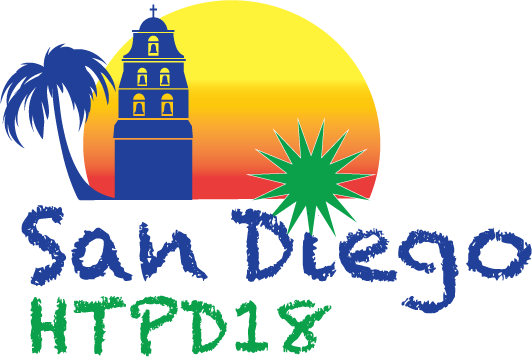Andreas Langenberg
(Max-Planck-Institut für Plasmaphysik)
Novimir Pablant
(Princeton Plasma Physics Laboratory)
Thomas Wegner
(Max-Planck-Institut für Plasmaphysik)
Peter Traverso
(Auburn University)
Oleksandr Marchuk
(Institut für Energie und Klimaforschung-IEK-4)
Benedikt Geiger
(Max-Planck-Institut für Plasmaphysik)
Birger Buttenschoen
(Max-Planck-Institut für Plasmaphysik)
Andrea Pavone
(Max-Planck-Institut für Plasmaphysik)
Jakob Svensson
(Max-Planck-Institut für Plasmaphysik)
Arturo Alonso
(Laboratorio Nacional de Fusión)
Daihong Zhang
(Max-Planck-Institut für Plasmaphysik)
Rainer Burhenn
(Max-Planck-Institut für Plasmaphysik)
Albert Mollen
(Max-Planck-Institut für Plasmaphysik)
Robert Wolf
(Max-Planck-Institut für Plasmaphysik)
X-ray imaging spectrometers are used on many fusion experiments for the measurement of basic plasma parameters, such as ion and electron temperatures Ti and Te, impurity densities nZ, plasma flow velocities v and recently also for the determination of the radial electric field Er .This paper shows initial measurements of the recently upgraded X-ray imaging spectrometer systems XICS and HR-XIS which are installed at the optimized stellarator Wendelstein 7-X. Both spectrometers are designed to detect impurity emission of highly ionized charge states for various impurities, such as Si, Ar, Ti, Fe, or Mo. In combination with a laser blow-off system, spatio-temporal impurity emissivities were measured by the spectrometers, giving access to the impurity confinement times and allowing for the determination of diffusive and convective transport parameters D and v. Specific settings of the power deposition reveal a significant impact on impurity confinement time, possibly driven by changes in the radial electric field. Experimental findings are compared to neoclassical theory and modeled with the 1D transport analysis code STRAHL.
Andreas Langenberg
(Max-Planck-Institut für Plasmaphysik)
Novimir Pablant
(Princeton Plasma Physics Laboratory)
Thomas Wegner
(Max-Planck-Institut für Plasmaphysik)
Peter Traverso
(Auburn University)
Oleksandr Marchuk
(Institut für Energie und Klimaforschung-IEK-4)
Benedikt Geiger
(Max-Planck-Institut für Plasmaphysik)
Birger Buttenschoen
(Max-Planck-Institut für Plasmaphysik)
Andrea Pavone
(Max-Planck-Institut für Plasmaphysik)
Jakob Svensson
(Max-Planck-Institut für Plasmaphysik)
Arturo Alonso
(Laboratorio Nacional de Fusión)
Daihong Zhang
(Max-Planck-Institut für Plasmaphysik)
Rainer Burhenn
(Max-Planck-Institut für Plasmaphysik)
Albert Mollen
(Max-Planck-Institut für Plasmaphysik)
Robert Wolf
(Max-Planck-Institut für Plasmaphysik)

